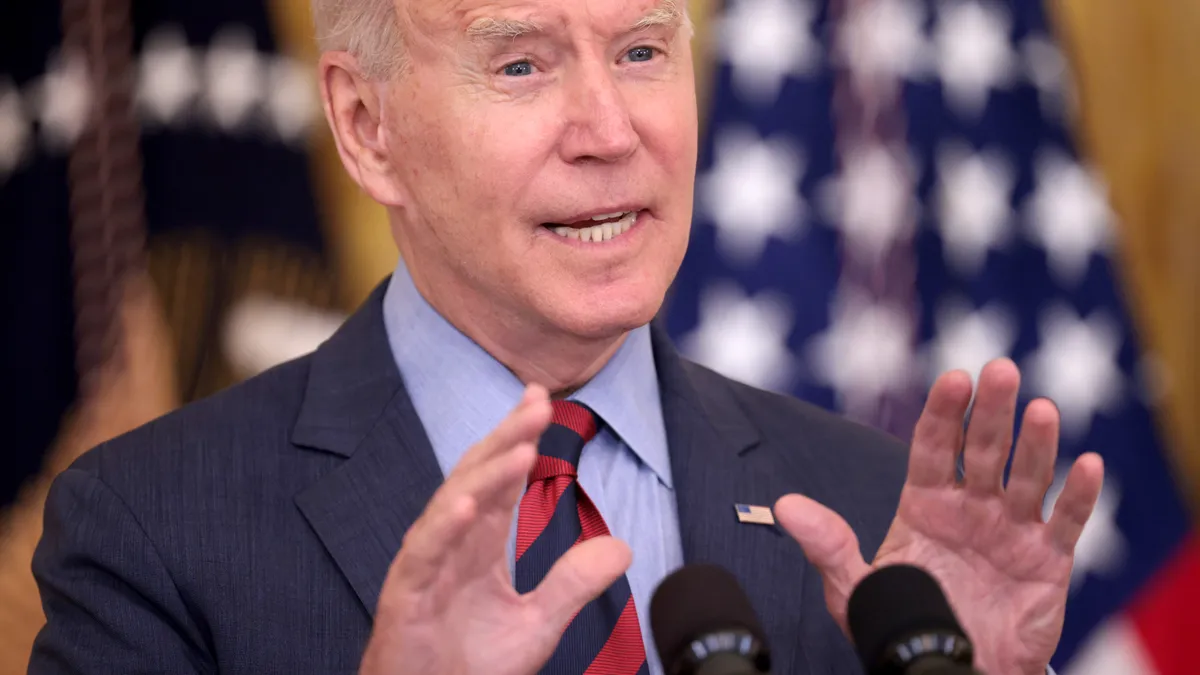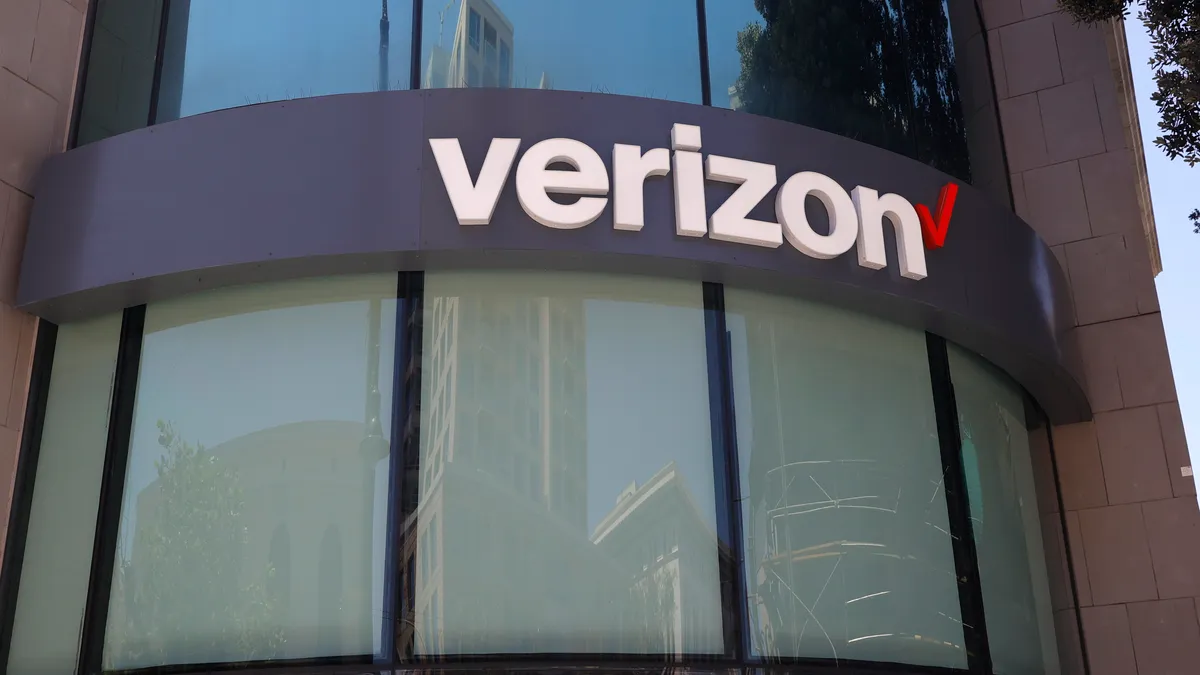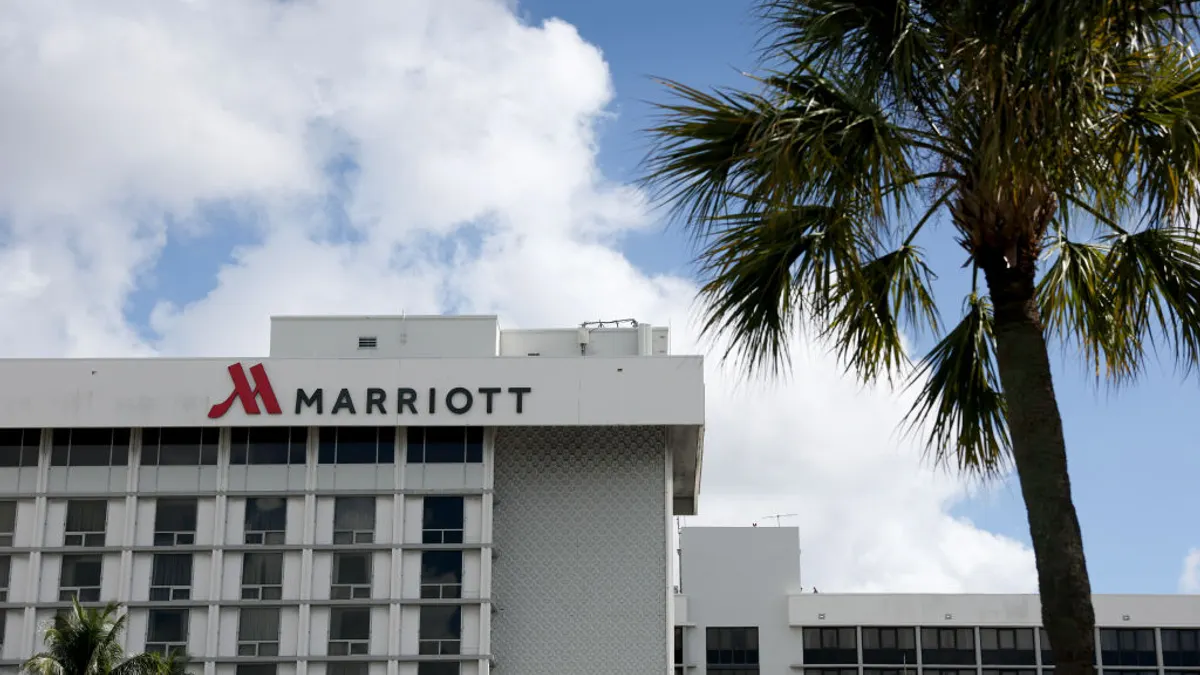When President Joe Biden took the presidential oath last January, employers and management-side attorneys predicted his words would usher in an era of employee friendliness.
The events of 2021 brought that prediction to fruition, but employee friendliness was just one thread in the tapestry of trends the year wove. That tapestry featured many strands, tightly knit: the new administration, the boon to organized labor, the persistent pandemic, the vaccine conundrum and the Great Resignation, to name a few.
The threads appear to come from one origin, noted Fisher Phillips Partner Rick Grimaldi. "I guess you could say they are all a consequence of the pandemic," he told HR Dive in an interview. "But it's a confluence of different events that are creating real challenges for employers."
At last year's end, attorneys predicted the coming year would bring more legislation and regulations, stricter safety measures and a risk-filled transition from telecommuting. As 2021 played out, the year's events confirmed some of their predictions: employers have seen more activity from the agencies, directed by a decidedly pro-labor administration.
But the year offered some surprises, too. "I don't think I would've predicted that we would still be dealing with the pandemic in the way we're dealing with it," Grimaldi said. "And I don't think I could have predicted the Great Resignation."
The twists and turns of 2021 may help them anticipate the compliance trends 2022 will bring. As Grimaldi put it, the year will likely take shape in the same way as its predecessor: the pandemic and its offshoots will offer a new surprise, and legislators, attorneys and employers will attempt to respond.
2021 complicated employers' vaccine decision
Before widespread vaccine access, discussions of workplace safety heavily featured topics such as masking, distancing, testing and contact tracing. A singular topic dominates the current conversation: vaccinations.
The U.S. Equal Employment Opportunity Commission gave employers the green light for vaccine requirements in mid-December last year. As vaccines became available, EEOC and other agencies weighed in on the particulars of vaccine mandates. EEOC handed down guidance in late May that weighed in on vaccine incentives. The agency also broke down how employers were to handle workers who opted out of COVID-19 vaccination due to religious beliefs or health concerns.
And of course, the Occupational Health and Safety Administration issued its emergency temporary standard on Nov. 5 mandating employer vaccination requirements. OSHA's mandate quickly met challenges: The 5th U.S. Circuit Court of Appeals temporarily stayed the standard Nov. 6. and OSHA swiftly filed a motion to dissolve the stay.
As OSHA's mandate languishes in court, many employers wonder how they should proceed, Venable Partner Nicholas Reiter told HR Dive. "A year ago, employers were wondering whether they should require the vaccine," Reiter said. The question grew more complex over the previous year. Many employers pushed the question aside so they can see how the OSHA mandate fares in court, Reiter said. Others turned to local mandates for direction.
Some employers turned their gaze backward. "I think a lot of employers are saying, 'OK, well, whatever decision we made, is it working? Is it good for us?'" Reiter said.
The answer to that question — and an employer's next steps — likely lies in the ratio of vaccinated staff to unvaccinated staff. "If you're an employer with a largely vaccinated workforce, the decision ahead of you is a lot easier," Reiter said. "But if you're an employer that can't get people to apply because of a vaccine mandate — those are employers that face a different decision."
A historically pro-labor admin spurred union, NLRB activity
Another agency has had a hand in defining how employers treat vaccine mandates. The National Labor Relations Board recently ruled that covered employers must bargain with unions over implementation aspects of OSHA's mandate.
Apart from the NLRB, unions have made splashes reacting to government-imposed pandemic safety measures. Some have challenged mask and vaccine mandates. Others challenged OSHA to expand its mandate, saying that it should cover more businesses, including small employers.
This activity has played out in front of a historic backdrop. The Biden administration is "possibly the most pro-labor administration in history," Grimaldi said. Employers are seeing an uptick in labor activity — an observation Grimaldi and Reiter shared.
The uptick in union activity is likely due to Biden's friendliness toward labor, Grimaldi said. It's likely the trend is also spurred by labor shortages and wage frustration. "The labor shortage is driving the increased union activity, and a lot of this is around wanting higher wages," he noted.
In addition to a pick-up in strikes, the NLRB is taking on more activity, Reiter said. The agency saw changes in board membership, faster elections and greater access to collective bargaining.
The agency has been reviewing previous general counsel rulings and policies and evaluating ones they want to change, Reiter noted. It's also been pushing for increased access to easier and faster elections and cracking down on unfair election practices.
Looking forward depends on "building back"
Much of 2022 will be determined by the coronavirus. "The continuing pandemic and the variants are the great unknown," Grimaldi said. "It's very hard to predict." Agencies will likely continue with increased activity as long as the pandemic persists.
The success of the Biden administration's agenda will determine the outcome of 2022, as well, Grimaldi noted. The Build Back Better Act winding its way through Congress has the potential to bring "sweeping" social change.
"Depending on how the negotiations go and what that looks like," Grimaldi said, "that's going to be really determinative on whether we see a continuation of what we're doing now, which is this enhanced employee power."






















